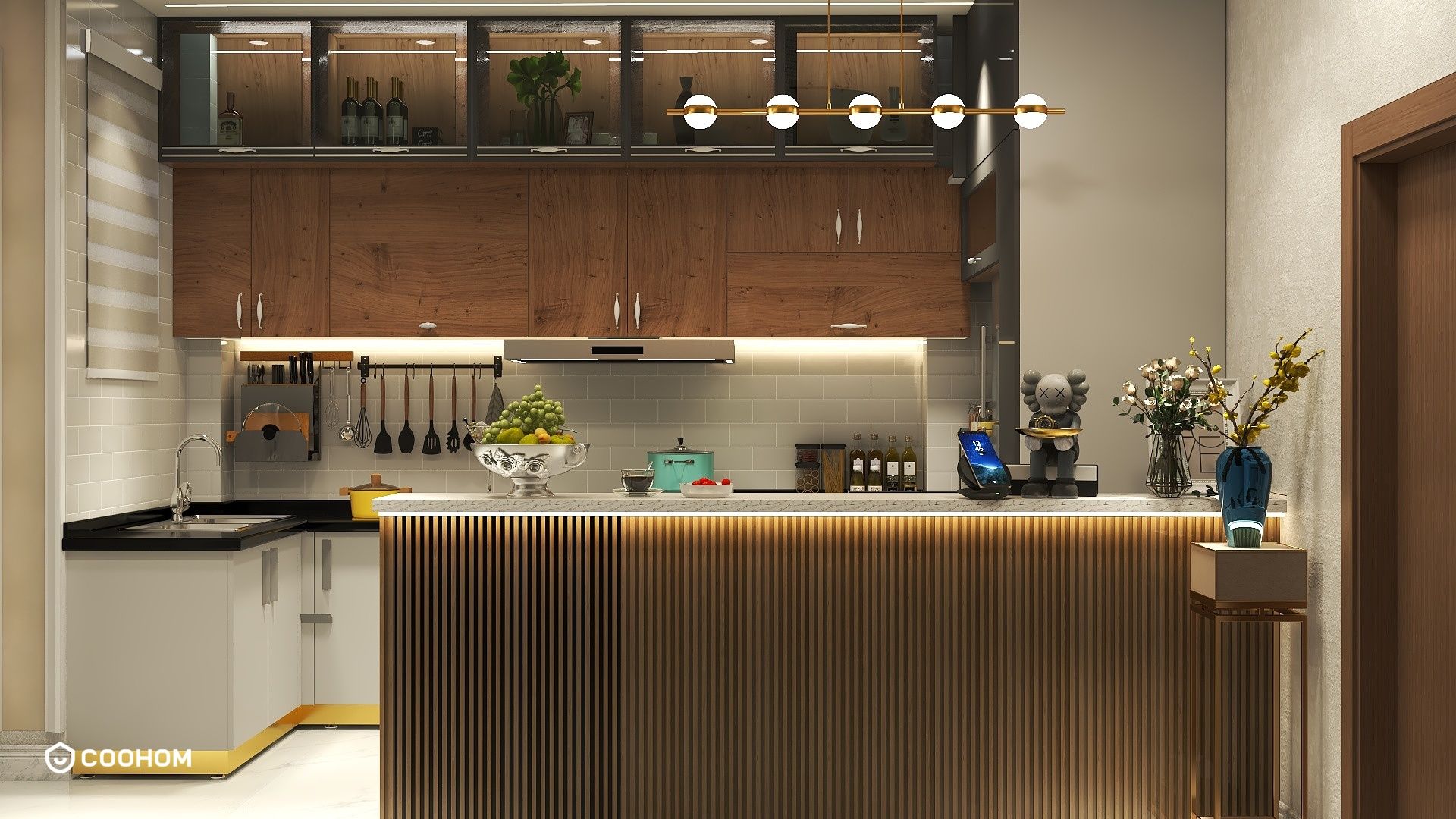Exploring the Rendered Plan of Robie House: A Deep Dive into Frank Lloyd Wright's Architectural Masterpiece

The Robie House, designed by Frank Lloyd Wright, is a quintessential representation of the Prairie School movement in architecture. This remarkable structure, located in Chicago, showcases Wright's innovative approach to residential design, particularly in small spaces. If you're fascinated by this architectural gem and want to understand its layout and design philosophy, you're in the right place.
The rendered plan of Robie House emphasizes an open floor plan that is both functional and aesthetically pleasing. The house is known for its long horizontal lines and integration with the surrounding landscape, ensuring that it feels like a natural extension of the environment. In this article, we will take a closer look at the key features of the Robie House’s plan and how they reflect Wright’s vision.
Understanding the Layout
The layout of Robie House is characterized by its open spaces and fluidity. Unlike traditional homes of its time, which often featured segmented rooms, Robie House breaks down barriers between living areas. This design fosters a sense of connection and flow throughout the home.
Key Features of the Rendered Plan
- Open Living Areas: The main living area seamlessly connects to the dining room, creating a spacious environment ideal for gatherings.
- Integration with Nature: Large windows and terraces allow for natural light and views of the landscape, blurring the boundaries between indoors and outdoors.
- Functional Zones: The plan incorporates designated areas for cooking, dining, and relaxation, all while maintaining an overall sense of unity.
Importance of Materials
The choice of materials is another critical aspect of the Robie House. Wright used brick and wood to create warmth and harmony with the surrounding environment. The rendered plan highlights the thoughtful placement of these materials, enhancing the overall aesthetic and functionality of the home.
Sustainable Design Elements
Wright's design also incorporates sustainable elements that are increasingly relevant today. The orientation of the house maximizes natural light, reducing the need for artificial lighting. Additionally, the use of overhanging roofs provides shade during hot summer months, contributing to energy efficiency.
Conclusion
The rendered plan of Robie House serves as an incredible example of innovative design that prioritizes both form and function. By studying this architectural masterpiece, we gain valuable insights into how thoughtful planning and design can enhance the livability of small spaces. Whether you're an aspiring architect or simply an admirer of great design, the Robie House is a source of inspiration.
FAQ
- Q: What architectural style is Robie House?A: Robie House is a prime example of the Prairie School architectural style.
- Q: Who designed the Robie House?A: The Robie House was designed by acclaimed architect Frank Lloyd Wright.
welcome to Use No.1 Home Design Software
Please check with customer service before testing new feature.

